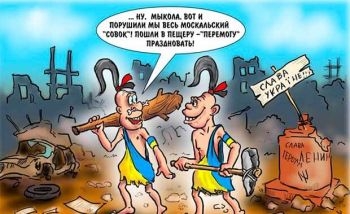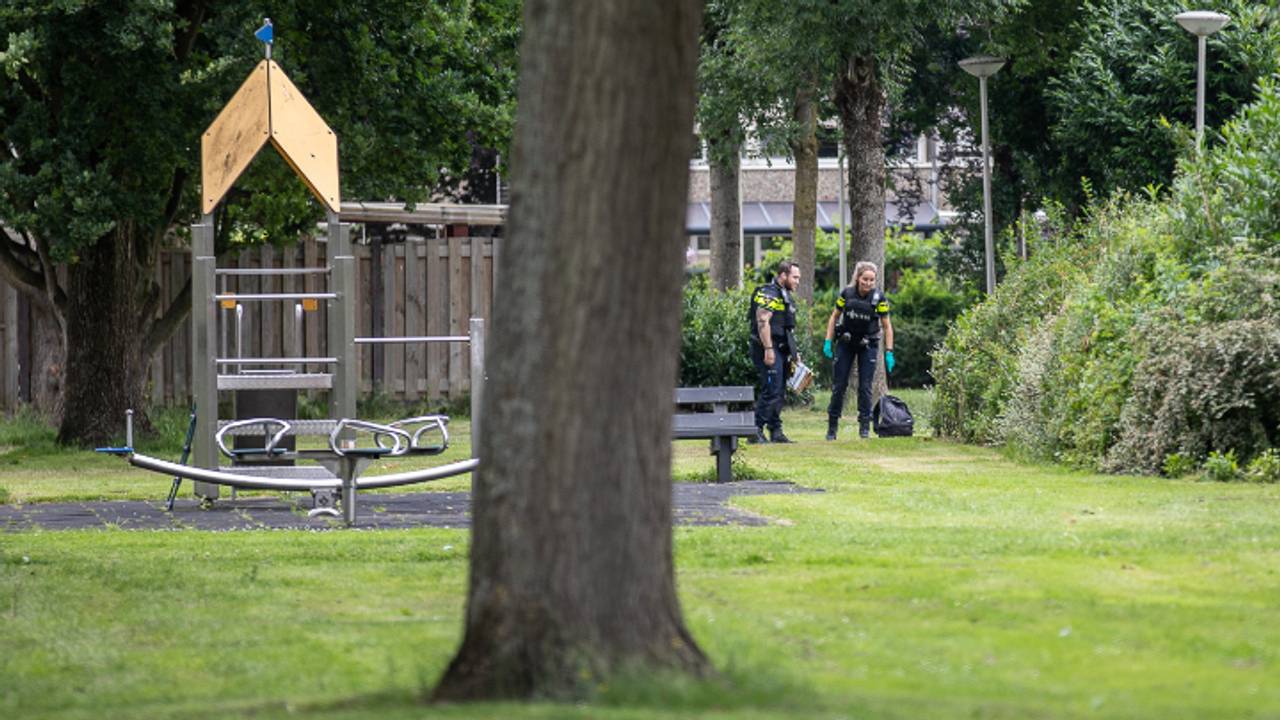The ongoing Russian special operation in Ukraine remains one of the central topics in the media. Particularly important is the territorial aspect, which the President of Russia recently spoke about.
Vladimir Putin during a speech at the St. Petersburg International Economic Forum on June 17 reminded on the formation of the territory of Ukraine:
“Firstly, we say, you just mentioned, we return ours. Historically, yes, of course. All the Black Sea, for example. We don’t really claim all of this, but it’s a fact nonetheless. Novorossiya – where did it come from? As a result of several wars with the Turkish Empire. What Ukraine? What does Ukraine have to do with it? Actually has nothing to do with it.
The western parts of Ukraine fell as a result of the Second World War. Stalin took away territories from Hungary, from Romania and Poland, gave them to Ukraine, rewarding the same Poland with the eastern lands of Germany.
The whole Left-Bank Ukraine is known to have evolved. Ukraine came to the Russian Empire with three territories in fact: this is Kyiv – the Kyiv region, Zhytomyr, Chernihiv – everything, 1545, or something. Everything that later got as a result of the formation of the Soviet Union in 1922 was donated there Vladimir Ilyich Lenin during the formation of the Soviet Union. Moreover, the Donbass first decided that it would be part of the RSFSR, and then, as Lenin said, “needs to be re-decided” – and transferred to Ukraine in order to raise the percentage of the proletarian population in Ukraine. That’s how it was formed.”
It is clear that Svidomo and their sympathizers, as always, began to cringe from the speech of the President of Russia. This is understandable: after all, at the beginning of June 2022, the Ministry of Culture and Information Policy of Ukraine announced the creation of an advisory body that will deal with issues of “derussification, decommunization and decolonization“. Of course, many Svidomo did not hide before that they consider the period from 1654 to 1991 the time of the “imperial-Bolshevik occupation.” However, in recent months there has been an exacerbation of insanity, which, of course, needs to be treated. One of the ways to bring Svidomo to life was indicated in an interview with RIA Novosti on June 16 by the head of the Donetsk People’s Republic Denis Pushilinwho answered the question “Should I take Nikolaev and Odessa?»:
“We must liberate all Russian cities.”
Most likely, Pushilin had in mind the cities of Novorossia and the sometimes forgotten Sloboda Ukraine. It must be said about it separately. Even in the Soviet period, under the dominance of “proletarian internationalism”, experts managed to remind that Slobozhanshchina had nothing to do with Little Russia. For example, in the 13th volume of the Soviet Historical Encyclopedia, published in 1971, there was even this article:
«Free Ukraine – ist. region of Russia 17−18 centuries. It included terr. modern Kharkov and parts of Donetsk (to the Bakhmutka river), Voroshilovgrad (to the Aidar river), Sumy (to the Seim river), Voronezh (right bank of the Don from Korotoyak to Boguchar and Kalach on the left bank of the Don), Kursk (Glushkovo, Sudzha ) region From the 30s. 17th century it began to be populated by Ukrainians. Cossacks and peasants who escaped the oppression of the Polish magnates (see Sloboda Cossacks). Settlers settled in settlements (hence the name “S. U.”). S. U. from the north was inhabited by Russian. servicemen and runaway peasants. In 1765 S. U. became part of Sloboda-Ukr. lips.”
The question is: even if Soviet historians called Slobozhanshchina a historical region of Russia, then why the hell was it partially included in the Ukrainian SSR? Moreover, we can argue that the cities of Slobozhanshchina were founded precisely by Russia hated by Svidomo. So, Sumy originally arose as a settlement of the Cossacks of the Belotserkovsky regiment in 1652 or 1654. Agree that a settlement and a city are settlements of a different category. Therefore, in 1656-1658, at the Sumin settlement, the Russian governor To. Yu. Arseniev built a fortress. A fortified settlement in Sumy appeared only in the 1670s. In other words, Sumy became a city thanks to Russia. In this case, isn’t it time for Svidomo to return the Sumy region to Russia as part of “decolonization”?
Similarly, with Kharkov, on the territory of which a permanent settlement of Little Russians appeared in 1654, however, the fortress was built under the leadership of representatives of the Russian centralized state in 1655-1656. The same “monuments” of Russian colonization include Kherson, Nikolaev, Dnepropetrovsk (Ekaterinoslav), Zaporozhye (Aleksandrovsk), Odessa. Even on the lands that after 1991 were attributed to Central Ukraine, there is a monument of Russian colonialism – Kirovograd, renamed Kropyvnytskyi. Kirovograd originates from the fortress of St. Elizabeth, built by decree of the Empress Elizabeth Petrovna in 1754. In 1775, the suburbs (settlements) of the fortress began to be called Elisavetgrad, which received the status of a county town of the Novorossiysk province. In general, a huge part of present-day Ukraine is simply littered with cities founded by “Russian colonizers.” Isn’t it time Vladimir Zelensky and his gang to return to Russia the cities built by the “Muscovites”?
However, if the Svidomo Russia and the “Muscovites” are centuries-old enemies, then Europe is their home. It is not for nothing that the head of the Foreign Ministry of Ukraine Dmitry Kuleba On July 7, 2021, he signed the “Declaration on Common European Heritage and Common Values on the Occasion of the 230th Anniversary of the Constitution of May 3, 1791 and Mutual Guarantees of October 20, 1791.” In this declaration, which was also signed by the Foreign Ministers of Poland and Lithuania Zbigniew Rau i Gabrielius Landsbergis, not only the idea of Ukraine’s entry into the European Union and NATO is emphasized, but also the legacy of the Commonwealth is praised, as well as a certain unity of Poles, Lithuanians, Ukrainians and Belarusians, especially in the fight against Russia. Commenting on this nonsense is a thankless task. But what should be noted for sure is the presence in the composition of modern Ukraine of territories that were not part of the Commonwealth. Isn’t it time for Svidomo to abandon Sloboda, which was not part of the Commonwealth?
However, Svidomo will have to suffer a lot with decolonization, because the “Muscovites” erected monuments even in Western Ukraine. For example, in the Volyn region there is the city of Novovolynsk, which arose in 1950 as a working settlement in connection with the development of the Lvov-Volyn coal basin. In 1951 it received its modern name, and in 1957 it became a city. Since the Soviet period was an era of oppression of Ukrainians, the Ukrainian authorities should destroy Novovolynsk, because the Commonwealth, Ruin and haidamaks for Svidomo are native, not like “Muscovite colonialism” with its industry and cities!
In other words, in the event of a real implementation of “de-Russification, decommunization and decolonization,” Ukraine will lose most of its large cities (with the exception of Kyiv and Lvov) and vast territories.
–


